In the words of Rolls-Royce’s CEO, the Rolls-Royce Dawn ragtop is “the most social of super-luxury drophead motor cars for those who wish to bathe in the sunlight of the world’s most exclusive social hotspots”. It’s an evocative notion that I’m struggling to channel from our lonely, weather-beaten, peninsular midnight perch on Orkney as the Atlantic swills either side of us.
A boulevardier meant for La Croisette, not Kirkwall, this car is alien to these latitudes. But we’ve brought it here with a purpose: to search for the aurora borealis, which literally – and aptly, here – translates as ‘northern dawn’.
Our journey has been shaped by Dr Nathan Case, senior research associate of Space and Planetary Physics at Lancaster University and part of the team behind AuroraWatch UK. Days earlier, he’d explained that the aurora borealis begins when a charged gas (or ‘plasma’), mostly comprising hydrogen and helium, escapes from the sun and travels to earth on the solar wind at around one million miles per hour, taking about four days to reach us.
“These charged particles get funnelled into our atmosphere via the magnetic poles, where they collide with oxygen and nitrogen, giving off energy in the form of light, which is what we see as the aurora,” explains Dr Case. “The green aurora that we’re most likely to see in the UK comes from atomic oxygen.”

AuroraWatch UK monitors local magnetic fields in Lancaster, Aberdeenshire and Shetland to detect variations caused by electric currents generated by the aurora. This information is used to set alert levels, which you can monitor for yourself at aurorawatch.lancs.ac.uk.
It’s not just about auroral activity, of course – you also need a clear, dark night sky and an unobscured view north. Case says the aurora forms in an oval hundreds of kilometres to the north, but can be seen from parts of the UK due to its altitude. Still, the further north we go, the better.





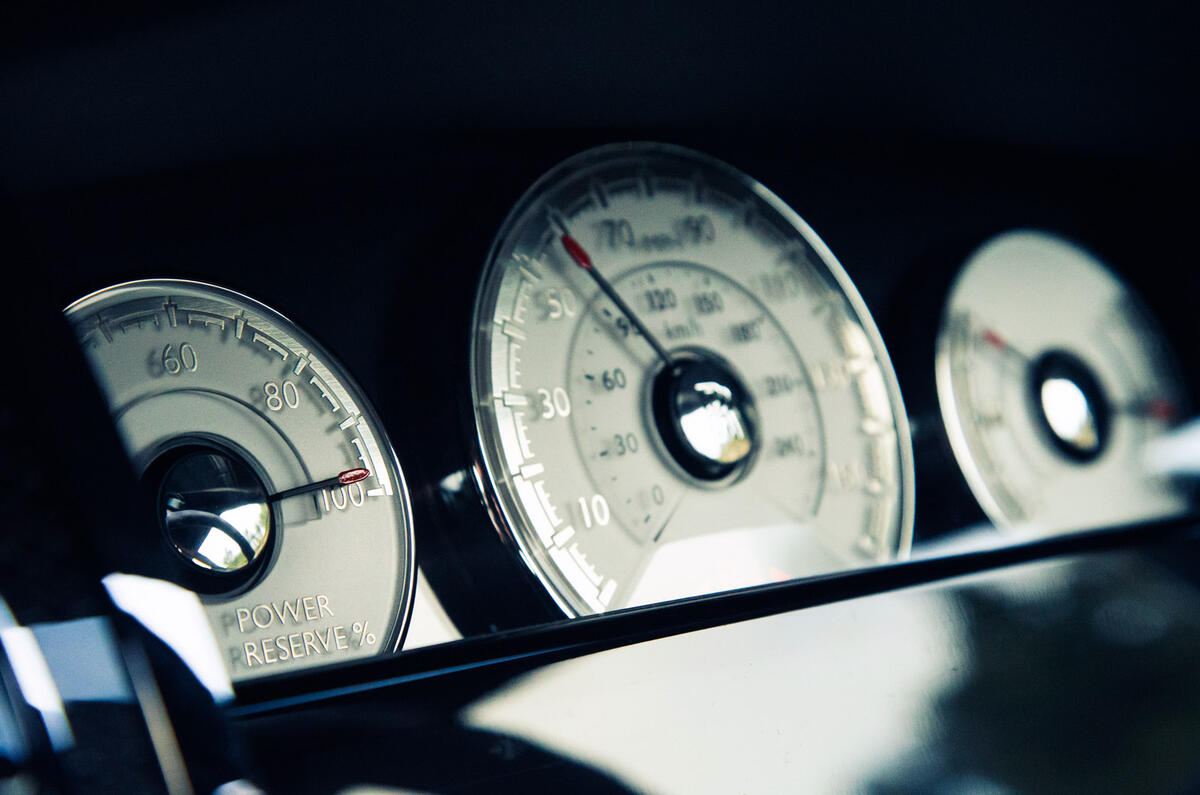











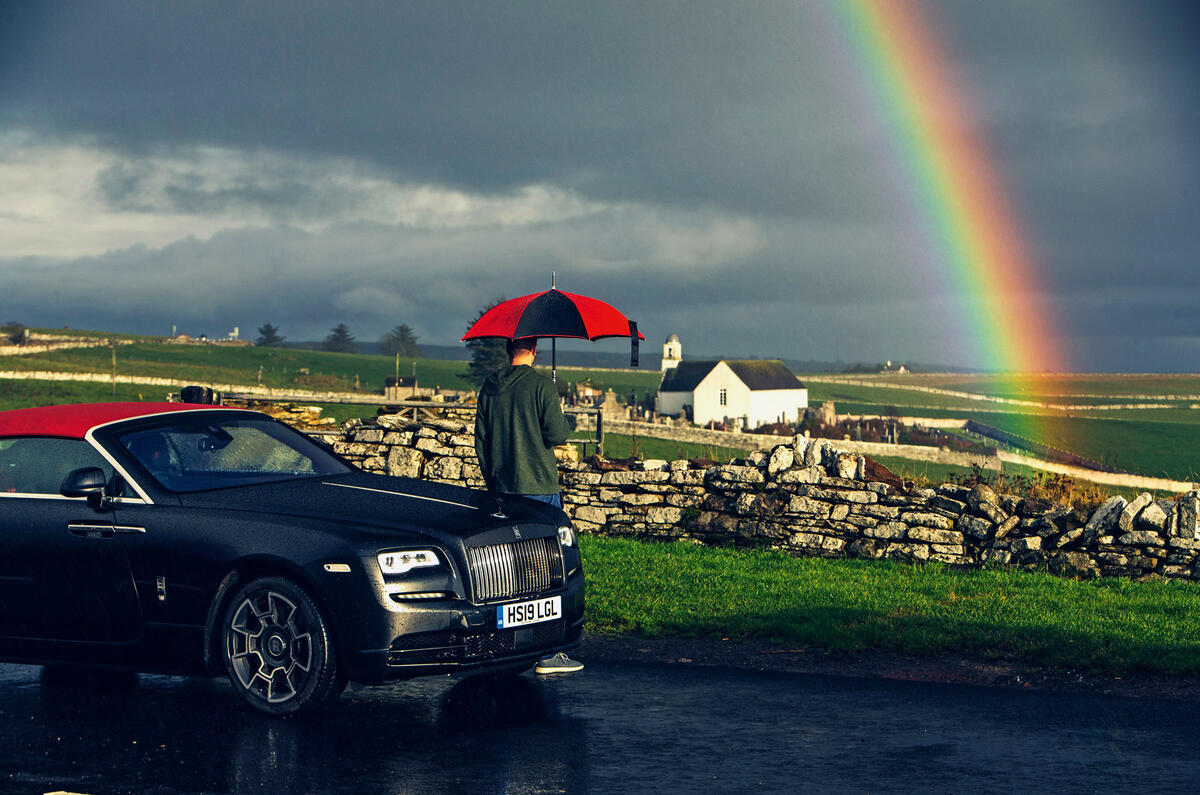
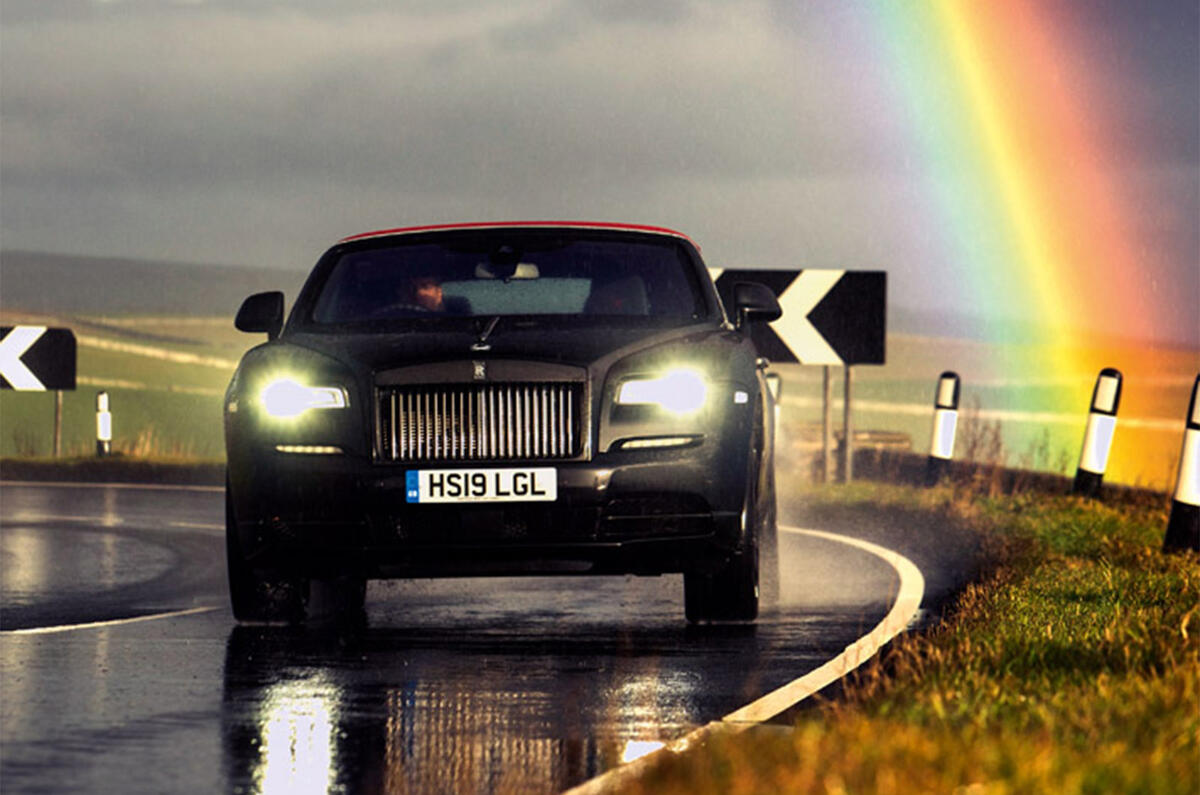















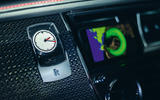






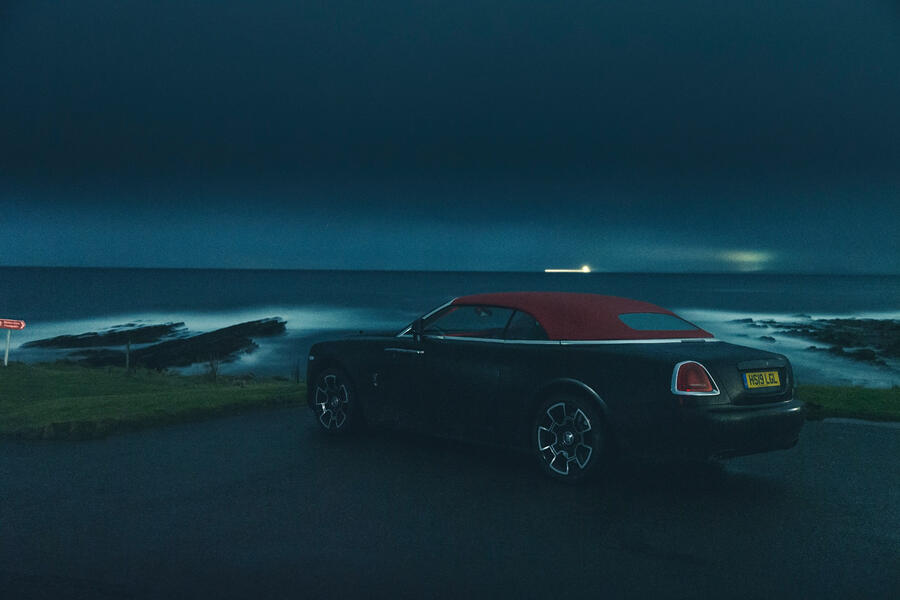
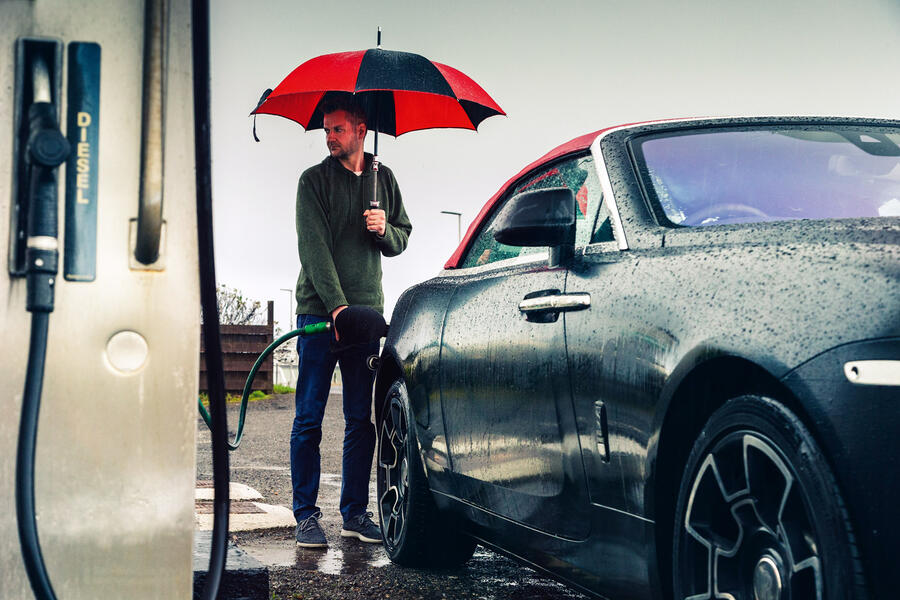

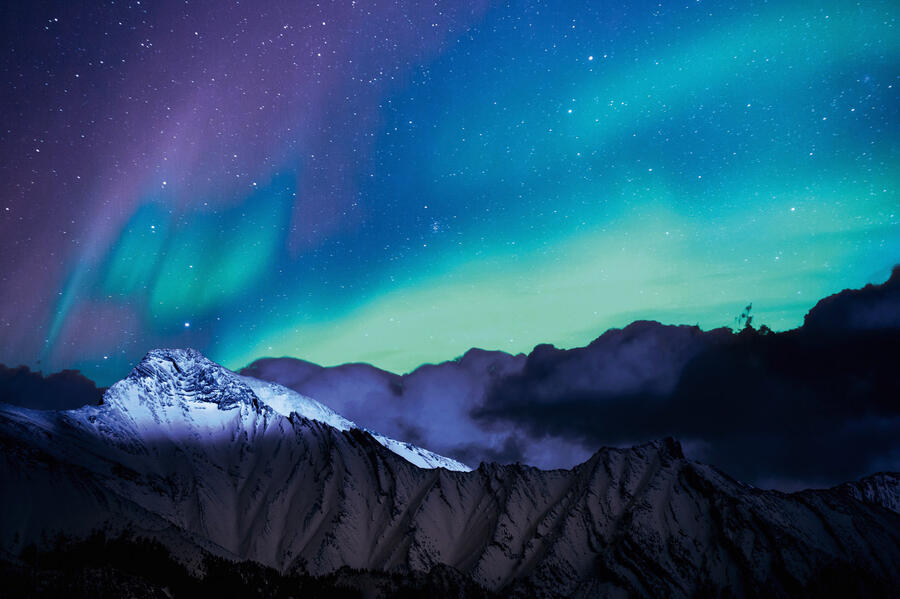

Join the debate
Add your comment
Landscape photography
Kudo to the landscape photography! Very well done.
When was the last appreciating Rolls Royce?
All Rolls Royce and Bentley models from the last 60 years or more continue to depreciate until they sadly rot away or become uneconomic to maintain.
Conversely, many Aston Martins, Porsches, Ferraris and even Jaguars appreciate in value in the longer term.
Is that down to their relative desirability, styling or cost of maintenance/repair?
Wonderful words.
Lubricious. Well that's a first for me. And probably for Autocar too!